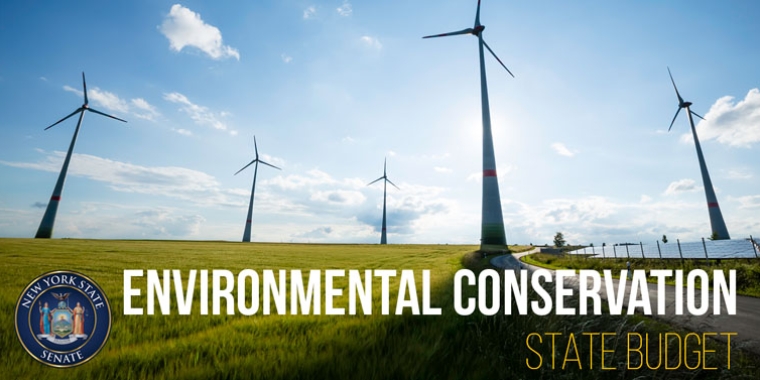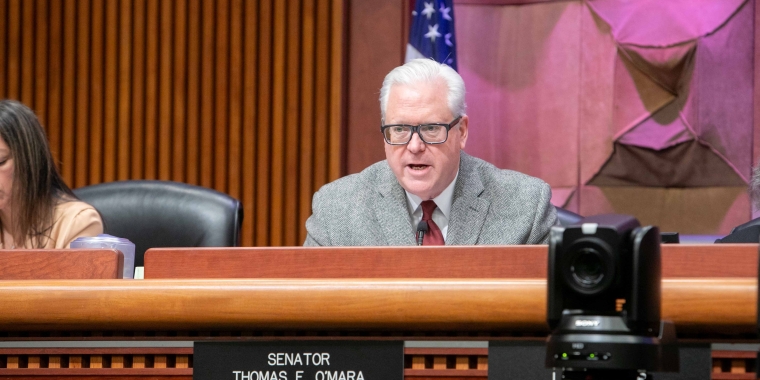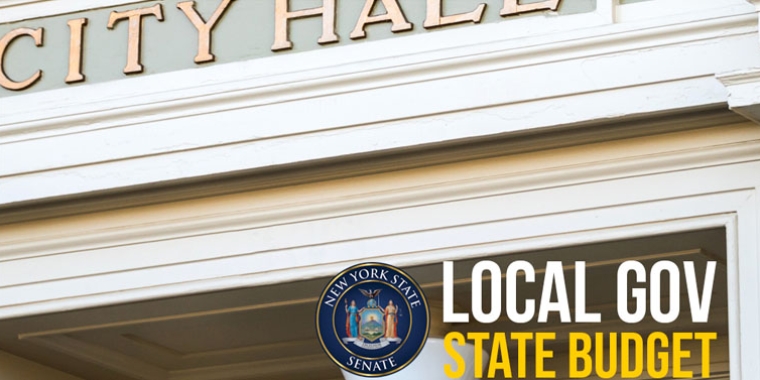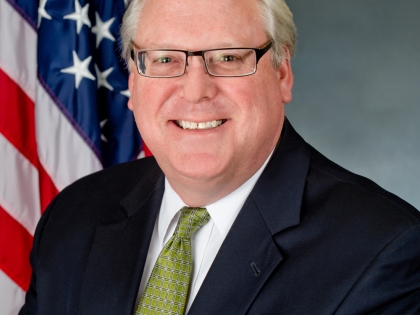
Senate approves O'Mara's legislation to encourage emergency services volunteers to help avert ‘property tax crisis in waiting’
June 14, 2018
-
ISSUE:
- Emergency Services
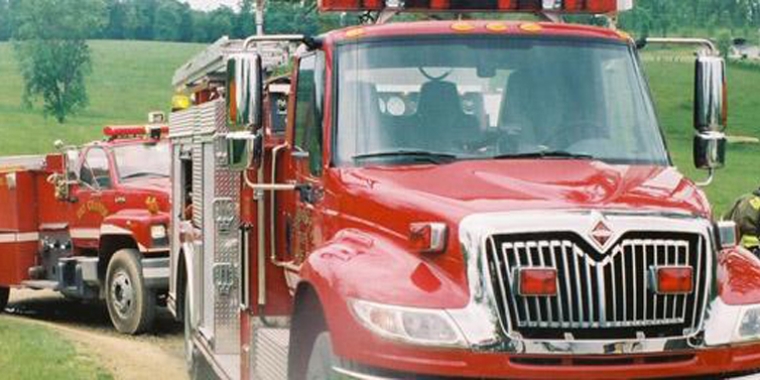
Albany, N.Y. June 14—The New York State Senate approved legislation sponsored by Senator Tom O’Mara (R,C,I-Big Flats) to assist the recruitment and retention of local volunteer firefighters and other emergency services personnel.
O’Mara has sponsored the “Omnibus Emergency Services Volunteer Incentive Act” (S.1994/A.4389) for the past several years together with Assemblymen Phil Palmesano (R,C,I-Corning) and Chris Friend (R,C,I-Big Flats). It’s been part of ongoing state-level efforts, including those led by the Firemen’s Association of the State of New York (FASNY), to keep drawing attention to a challenge that many believe poses a property tax crisis in waiting and other crises for many rural, upstate communities.
O’Mara said, “It’s a priority to keep sounding the alarm on the volunteer recruitment and retention challenge. This legislation has at least kept the challenge in front of the State Legislature. Incentives can be part of a broader response. The volunteer fire department has long anchored many rural, upstate communities and this crisis is real. It’s a property tax crisis in waiting. It endangers the safety and security of cities, towns and villages throughout the Southern Tier and Finger Lakes regions, and statewide.”
According to FASNY, the number of volunteer firefighters statewide declined from 140,000 in the early 1990s to less than 90,000 just a few years ago. Volunteer emergency medical technicians (EMTs) experienced a decline from more than 50,000 to 35,000 during the same period, with some rural counties experiencing as much as a 50-percent depletion of their EMT ranks. However, FASNY notes that RecruitNY and other initiatives are beginning to make a difference and approximately 20,000 firefighters have been added to the ranks of departments statewide over the past few years.
The legislation O’Mara sponsors would:
> provide a $400 state income tax credit for volunteer firefighters and ambulance workers who have been active for four or more consecutive years;
> exempt motor vehicles owned and used in the performance of duty by an emergency services volunteer from motor vehicle registration fees and vehicle use taxes;
> authorize local volunteer fire and ambulance companies to use state-administered funds, collected annually through a two-percent fire insurance premium tax on out-of-state insurers, to help offset the cost of health insurance for their members; and
> direct the state Higher Education Services Corporation (HESC) to create a volunteer recruitment service college loan forgiveness program.
A 2016 FASNY study, “Tax Savings and Economic Value of Volunteer Firefighters in New York,” found that the state’s 100,000 volunteer firefighters save taxpayers more than $3 billion annually. Specific findings include that:
> an additional 30,822 career firefighters would be necessary to convert to an all-paid service statewide;
> the annual cost of an all-career service would be $3.87 billion;
> there would be a one-time cost of $5.95 billion to acquire existing stations/structures, vehicles and equipment -- approximately 1,300 stations would have to be built new or reconstructed; and
> property taxes statewide would rise between 3.3% and 123%, with an average increase of 26.5%.
The FASNY report notes, “New York State as a whole relies heavily on volunteer fire departments. Of its 1,795 municipal fire departments, 89% are volunteer. Volunteer firefighters are most prevalent in smaller, suburban and rural communities that have a lesser tax base than larger towns and cities. That these communities rely on volunteers testifies to cost savings from volunteer departments, and conversion to paid departments would be a particular burden for these localities.”
For regional counties, the FASNY study estimates that the property tax increases that would result from moving from volunteer to all-paid fire services would be: Chemung (33.8% increase), Schuyler (36.1%), Steuben (40.3%), Tioga (48%), Tompkins (45.4%) and Yates (33.8%).
The full study can be found online at: http://www.fasny.com/EconomicStudy/
Share this Article or Press Release
Newsroom
Go to Newsroom
